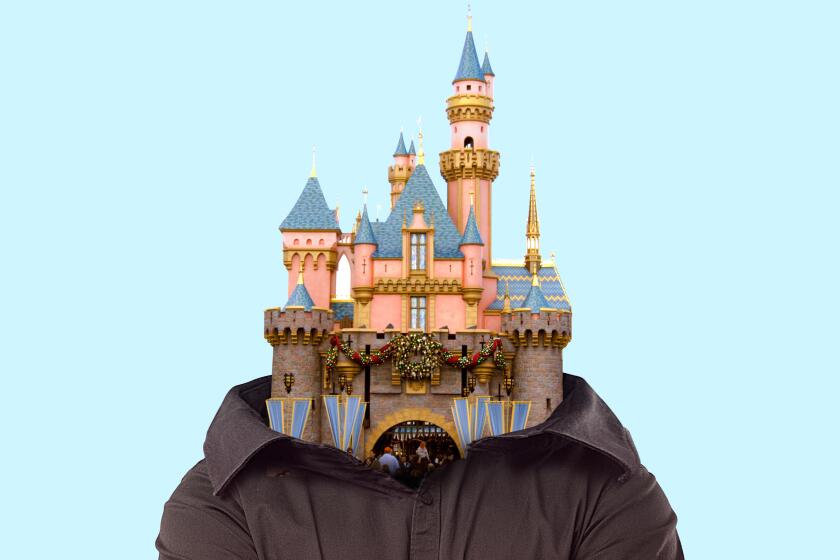A Museum for All Americans
Carefully grafting
Young cherry trees
I believe in the certainty
They will bud
In the coming spring.
Teiko Tomita, 1896-1990
Teiko Tomita came to America in 1921 as a “picture bride” from Japan. In the long, lonely days spent on a Washington farm with her husband, Masatomi, she turned to tanka poetry to express her thoughts and hopes for life in America. The cherry tree was a favorite metaphor of hers to describe the Issei, the first generation of Japanese-Americans.
These newcomers were Japanese cherry trees being grafted in America. They would have roots in Japan but their offshoots would produce different trees and flowers. That spirit is captured in the first-of-its-kind Japanese American National Museum, which is to be dedicated today in Little Tokyo and officially opens May 15.
Japanese-Americans refer to their lives in terms of “before the war” and “after the war.” That is how much World War II disrupted their lives after President Franklin D. Roosevelt ordered them into internment camps in the post-Pearl Harbor hysteria of early 1942. The Times, regrettably, was among many American newspapers that helped stir up such sentiment. The U.S. government has since apologized and so has this paper. In retrospect, it was an inexcusable breach of responsibility.
All Americans, regardless of ancestry, have learned much and changed a great deal in the 51 years since the outbreak of war with Japan. And Japan, itself, has also changed dramatically, becoming a key partner in diplomacy and trade with the United States in general and Southern California in particular.
The new museum will give new pride and perspective to the Japanese-American experience. Besides Tomita, other prominent Issei spotlighted in the debut exhibit include:
--Namyo Bessho, a veteran of the Spanish American War and World War I who served as a personal steward to three U.S. presidents.
--George Shima, the “potato king,” who transformed acres of tule-covered swampland in the San Joaquin River delta near Stockton into productive agricultural lands.
The museum is a defining moment for Japanese-Americans, and another of their contributions to America.
Sign up for The Wild
We’ll help you find the best places to hike, bike and run, as well as the perfect silent spots for meditation and yoga.
You may occasionally receive promotional content from the Los Angeles Times.



